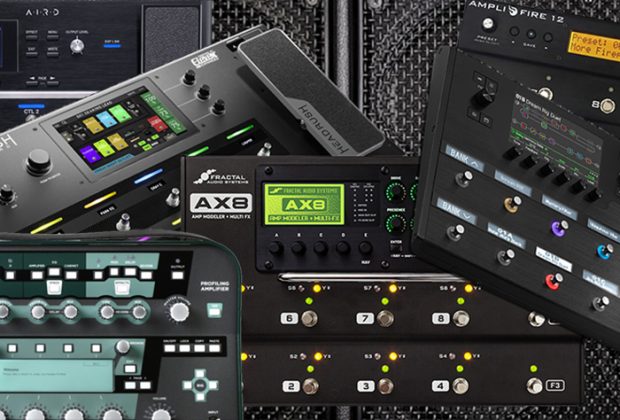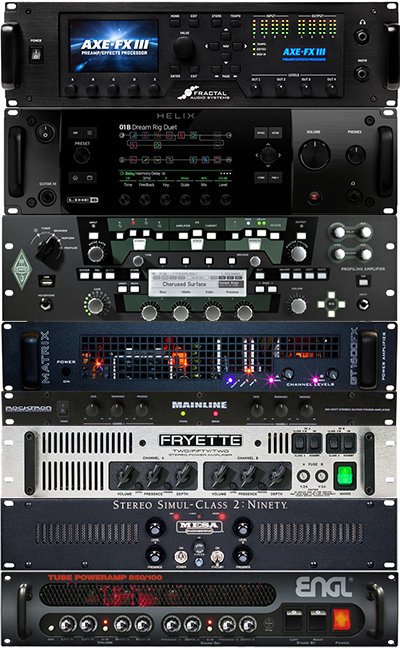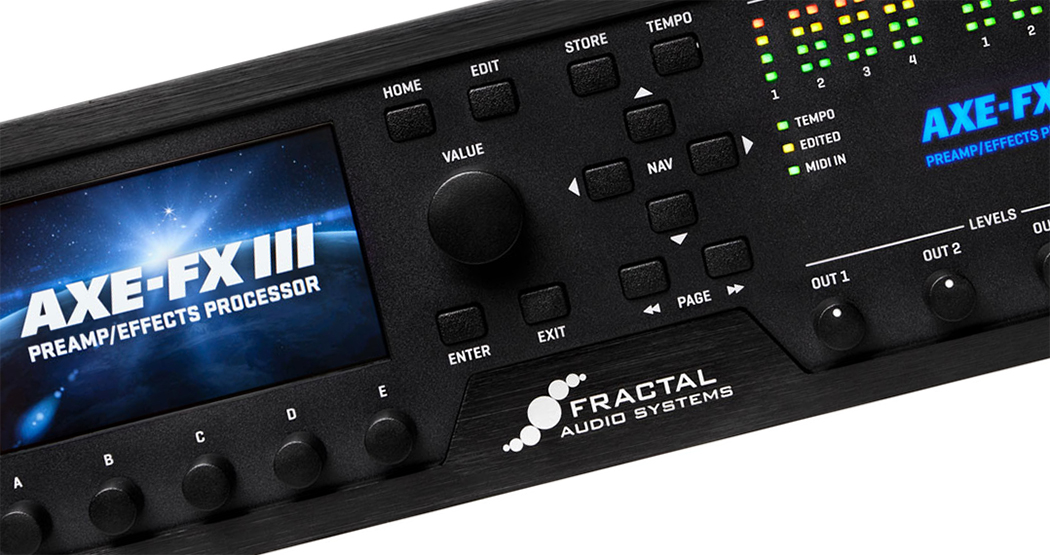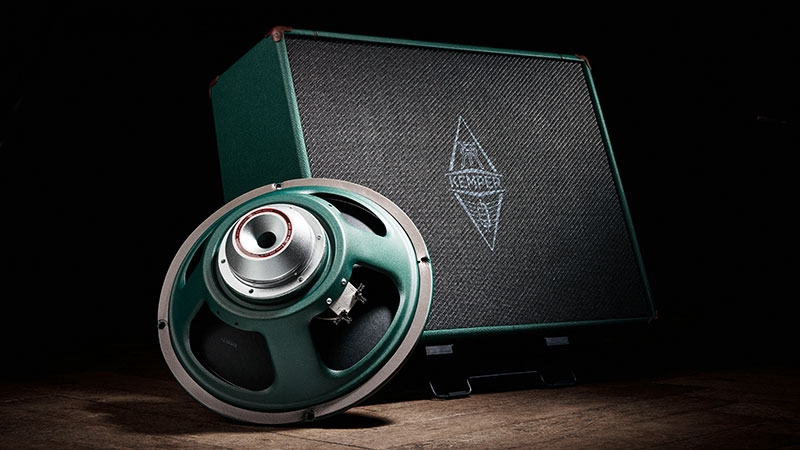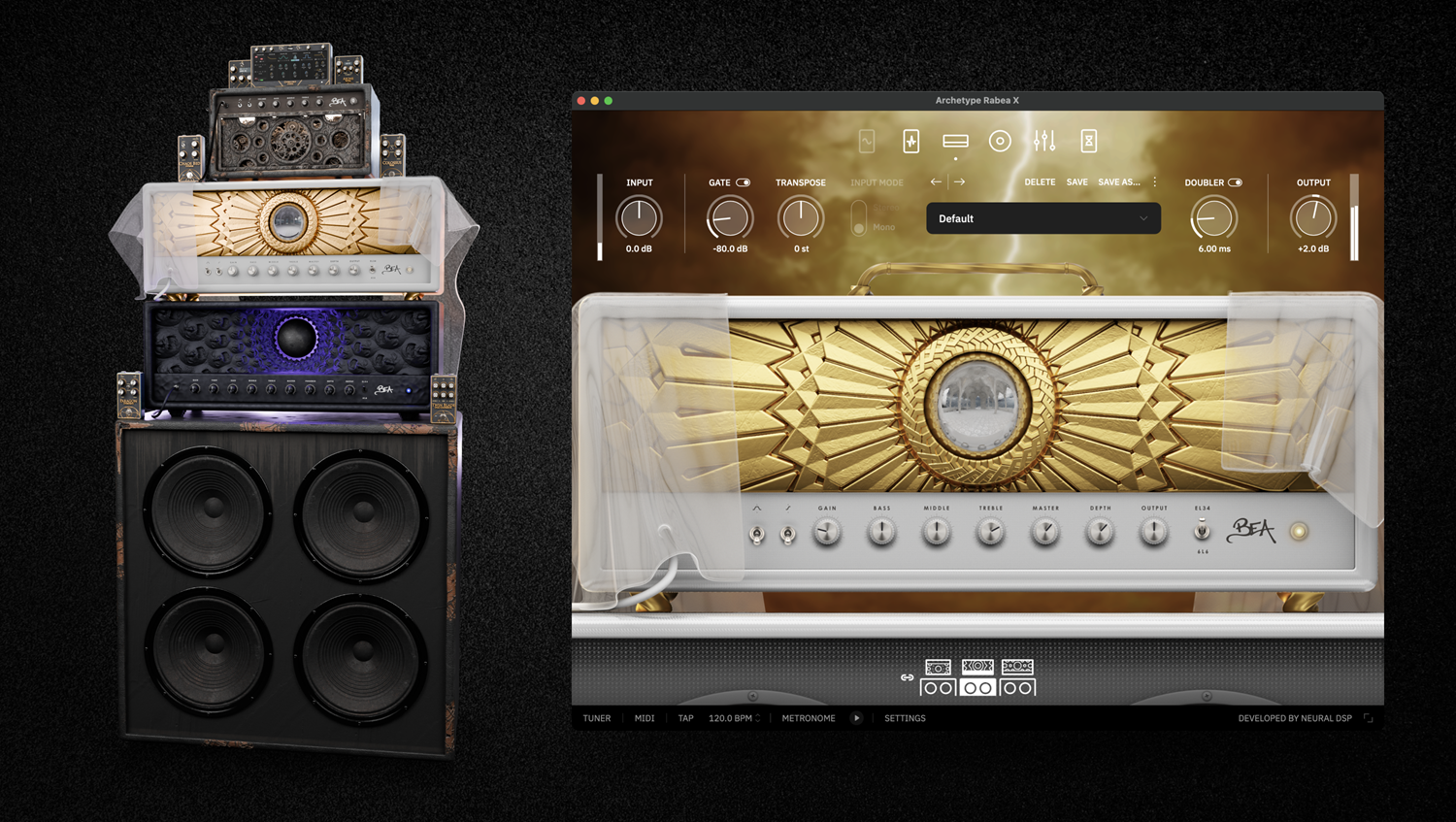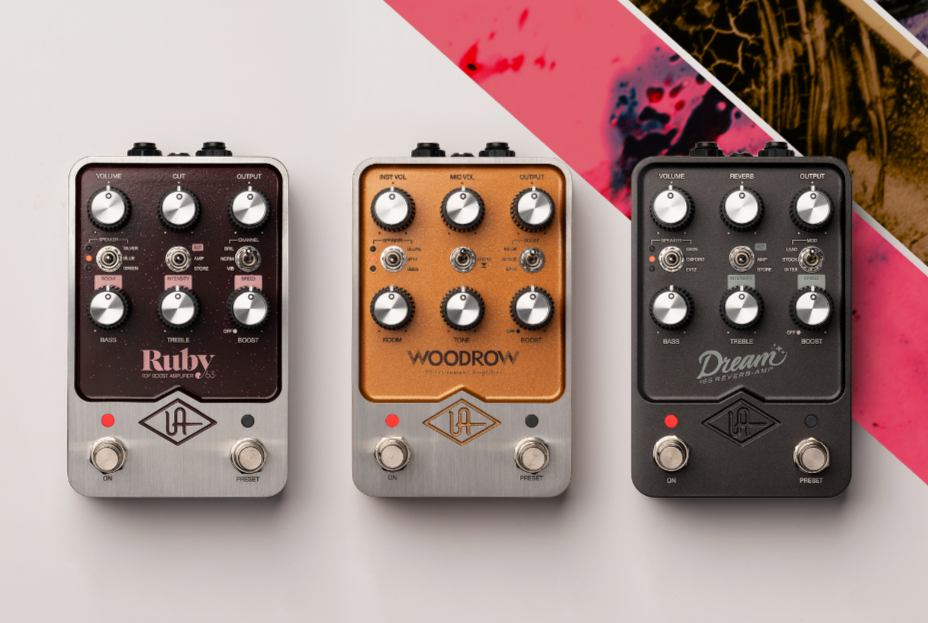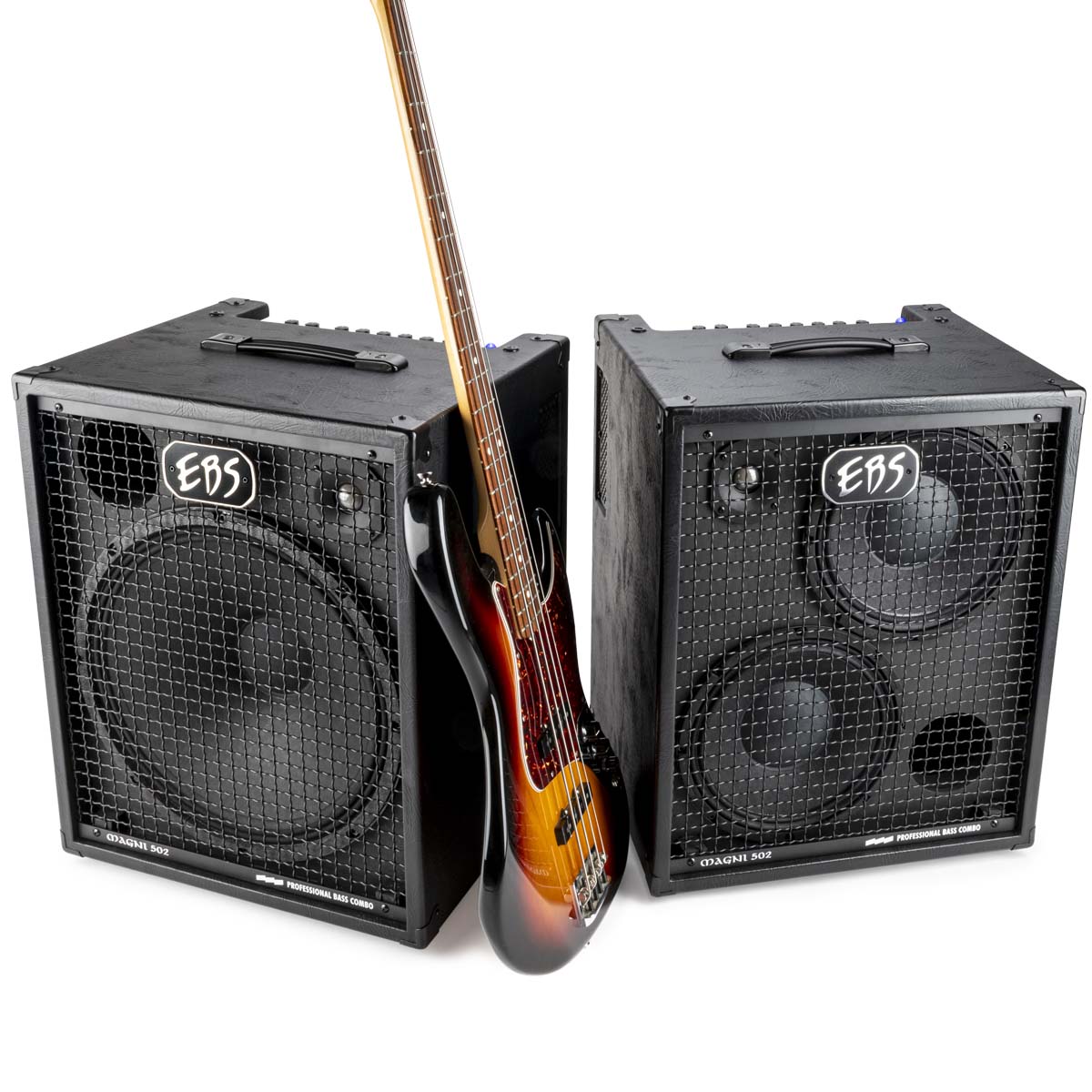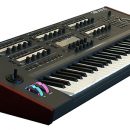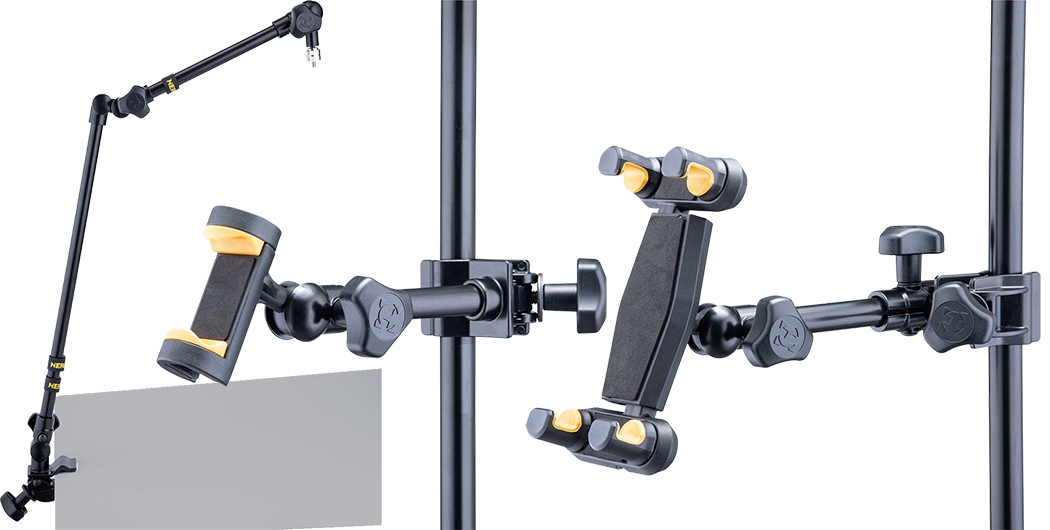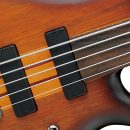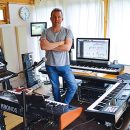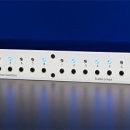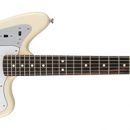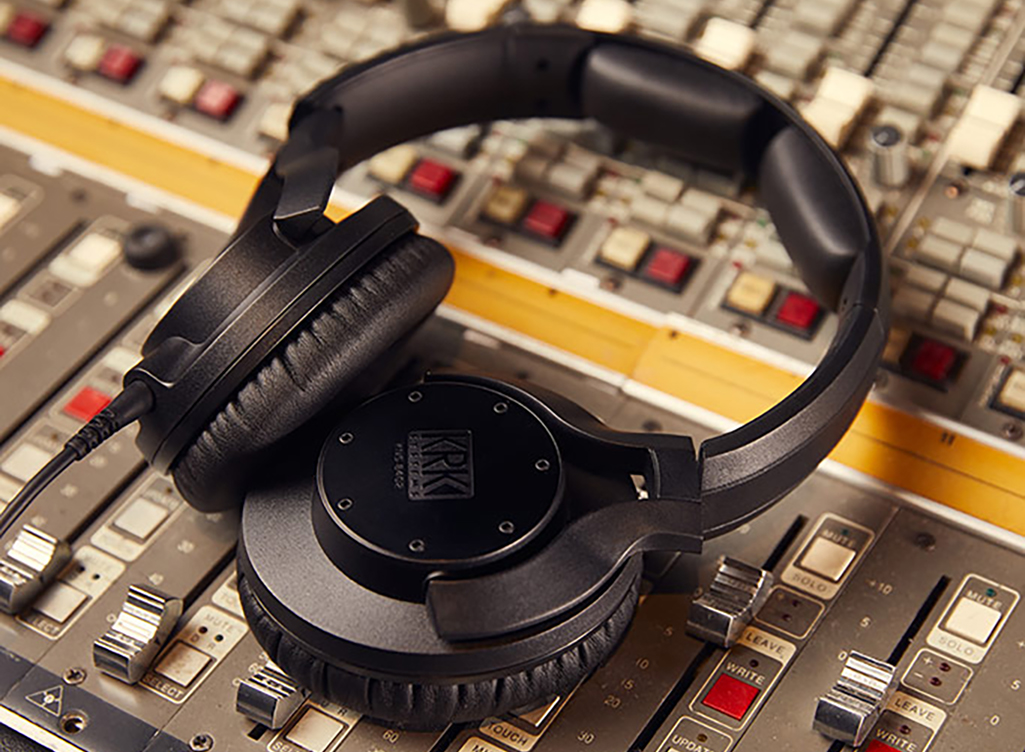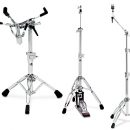An amp modeler is not the equivalent of a room full of tube amplifiers and effects products.
Does this scenario sound familiar? You just purchased a pricey, new modeling amp, brought it home, plugged in your guitar and a set of headphones, and rejoiced as you rocked the most fabulous guitar/amp sounds! But then, you took the modeler to a gig, plugged it in to the house P.A. system, and your monitor mix sounded like crap. Friends in the audience commented that your front-of-house sound was garbage as well, barely cutting it in the mix. Now you're left feeling like you never should have given up on your beloved tube amp.
If only you had better prepared yourself for the live experience of playing with a modeling amp! Fortunately, just like your last acne flare up (or hemorrhoids—pick your age group), we can clear up this problem and help you to rejoice in the beauty of your modeled guitar amplifier tones.
The first thing to understand is that an amp modeler is not the equivalent of a room full of tube amps and effects. Your amp modeler—in its default state—is equivalent to a room full of amps and effects in a recording studio, properly mic’ed, and played back through the studio monitor speakers. And right there is why your modeler sounded best through headphones or through the desktop monitor speakers in your home studio. So how the heck do you amplify your modeler so that it sounds great with the band?
There are a few different approaches based on what you’re hoping to accomplish. If you want to sound like you’ve got a killer guitar rig, live in the room with your band, as if you had brought your tube amp and pedalboard, your best options include:
- Modeler and tube power amp running into a traditional guitar speaker cabinet. But you’ll absolutely have to tweak your sounds to sound their best in this configuration.
- Modeler and solid-state power amp running into a full-range, flat-response speaker cabinet.
If you are playing a live gig and want to ditch having a guitar rig on stage:
- Modeler straight into the P.A. system, listening through in-ear monitors or floor wedges.
With rack-mounted modelers and profilers like the Axe-FX III, Kemper Profiler, or Line 6 Helix Rack, adding a stereo tube power amp from companies like Fryette, Mesa/Boogie, ENGL, and others, along with a 2x12 or 4x12 speaker cabinet wired for mono or stereo operation can make your modeled sounds come alive. The real power tubes driving guitar speakers will add more warmth and depth that might be otherwise lacking from your amplified, modeled sound. This approach works with floor-based modelers as well, like the Fractal Audio AX-8, HeadRush Pedalboard, and Line 6 Helix Floor (all reviewed here).
If you want to experiment with amps you’ve got on hand before investing in a stereo tube power amp, you can run the output of your profiler straight into your tube amp’s effects loop Return jack and hear how that sounds. This bypasses all of the coloration presented by the preamp section of your amp, and also presents the proper signal/impedance levels for best results. Never plug your modeler straight into your amplifier’s input jack.
Many companies today are building full-range, flat-response (FRFR) speaker solutions for use with modelers. Products like the Mission Engineering Gemini 2, Friedman ASC-10, and the HeadRush FRFR-112, look like guitar speaker cabinets but include full-range speakers similar to what you’d find in a P.A. system, including a secondary high-frequency driver. These made-for-modeling-amp speaker cabinets typically have built-in, solid-state power amplifiers.
Alternately, you could use a standard live-sound power amp with P.A. speakers, which should deliver a similar sound, albeit in a less guitar-worthy form factor. But if you dial in your sounds this way in the rehearsal studio, they should work well at a live gig where you’re running your signal straight to the house P.A. system.
If you’re going to run into a guitar speaker cabinet, note that numerous companies make solid-state power amps voiced to deliver tube amp-like response (after all, part of going with a modeler was so that you could leave the tubes at home, right?). Check out products such as the Rocktron Mainline 300, Orange Pedal Baby 100, and Matrix GT800FX.
Whichever approach you take, you’ll probably need to tweak your sounds if they are going to be running through a venue’s P.A. system. Those golden studio and headphone tones may have too much reverb or delay to start, and your direct out may inadvertently push your sound further back in the mix. If you’re running through a stereo tube power amp into a guitar speaker cabinet, you’ll want to turn off the speaker cabinet modeling/impulse responses entirely in your sound for a more authentic sound.
It’s not uncommon for pros to create two similar banks of tones in their modelers: one for studio use and another with all of their necessary sounds/patches optimized for whichever live sound reproduction method they intend to utilize.
If you’re using in-ear monitors and plan to not have an amp on stage, you may still need to pull some of the effects back some small amount, and you may also need to make some EQ changes, such as adding a midrange bump, for your modeled sound to cut through the mix. Ask yourself, how does your modeled, lust-worthy, studio guitar tone sound in the mix with a band where nobody else has “studio tone” for their gear? There might be a big sonic disconnect.
What does the MusicPlayers.com team do with our modelers? We utilize a few different approaches. For easy rehearsals, we’ll commonly just plug into the effects loop return of any available guitar amp, with its associated speaker cabinet. If time and space permits, we love running our sounds into a guitar stereo tube power amp into a guitar speaker cabinet wired for stereo (or a pair of speaker cabinets). This delivers the incredible variety of modeled amp tones and effects powered by a real tube power section. In a tight pinch? We’ll just run straight into the P.A. system, knowing that it might not sound quite as good as the other approaches (your mileage will vary based on the quality of your P.A. system, naturally). For live gigs with our band’s trusted sound engineer, we’ll just give him a set of direct outs and monitor through our in-ears.
The bottom line is that you have to take some time dialing in sounds for whichever scenario applies. All are valid, and each can deliver great results. The one thing that’s certain, though: If you plug into the front of a guitar amp or straight into the P.A. system without guitar-centric monitoring, you will be disappointed in the sound. But with a little bit of preparation, you’ll soon discover why so many pros have made the switch on stage and in the studio.

